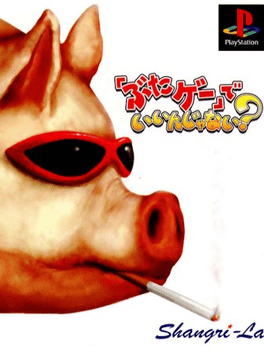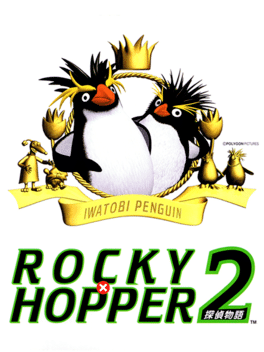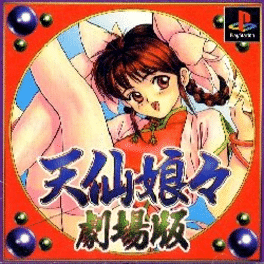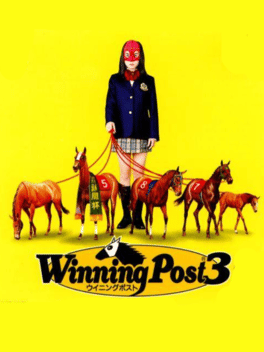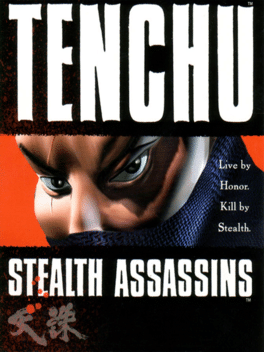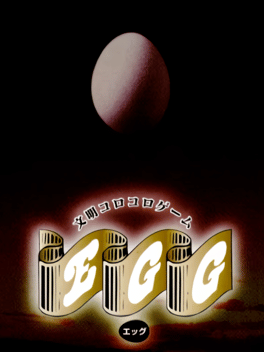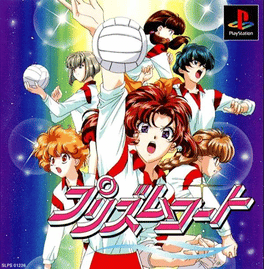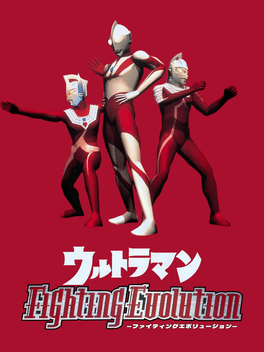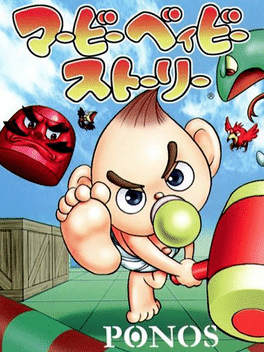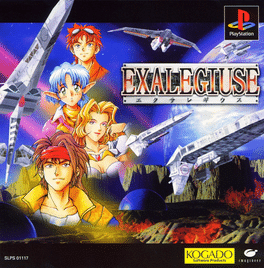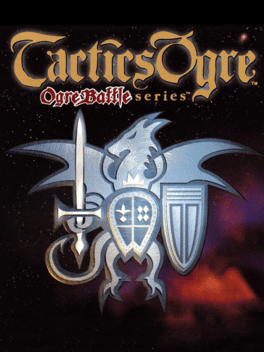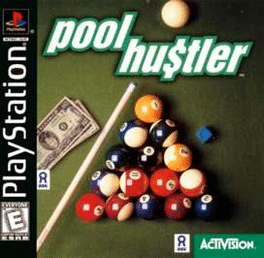New Ps Games - Page 70
-
Butage: De iin Janai?
1998
Butage - Deiin Janai (aka "Butagee" de Iin Janai?) is a breeding simulation game in which the player is a pig trainer and got 11 different pigs (male and female ones) in the story mode to choose one of them and train it with different trainings (like boxing, weightlighting, running, etc) to improve the pig stats and when he thinks that the pig is ready he can take him (or her) to different race tournaments in which the pig will compete with others to become the fastest pig in the country. During each week the player can choose the different trainings, let the pig have fun (listening to the radio, watching tv, playing games, etc) or go with him to the shop and buy different meals to improve the pig stats and make the pig life more confortable. The game features also a vs mode in which the player can load his pigs from the memory card and compete in the different tournaments vs another human player. -
Iwatobi Penguin Rocky x Hopper 2: Tantei Monogatari
1998
Rocky Hopper has a detective with him! The definitive party game to enjoy 12 games. Story mode challenges you to play alone! Let's play party games with friends! -
Tensen Nyannyan: Gekigyouban
1998
Tensen Nyannyan: Gekigyouban is a adventure mahjong game in which the player controls a young girl that will advance through the adventure playing mahjong games against other characters that she will encounter during the journey, To advance in the game the player should win the mahjong games. The gameplay is the usual in a mahjong game and the game uses a first person perspective for the adventure and for the mahjong part. -
Winning Post 3
1998
-
G.O.D Pure: Growth or Devolution
1998
A PlayStation remake of a Super Famicom RPG called G.O.D: Mezameyo to Yobu Koe ga Kikoe. -
Choro-Q Jet: Rainbow Wings
1998
Choro-Q Jet: Rainbow Wings is an action game in which the player controls a jetplane. it is for the PS1 console and was sold only in Japan. It is different from the other Choro-Q series because the game is a completely an action based game. So it does not have races and (even if it's a jetplane race) your customized jetplane. The unique feature of this game is that anime characters (with voice actors) appear in the game. -
Tenchu: Stealth Assassins
1998
star 8Tenchu: Stealth Assassins is an action-adventure stealth game developed by Acquire and published by Sony Music Entertainment Japan in Japan and Activision worldwide for the PlayStation in 1998. Tenchu is known for its stealth gameplay and the eerie settings of feudal Japan. Tenchu was one of the first ninja games to incorporate stealth, a very crucial aspect of ninjutsu. However, aside from featuring traditional martial arts in battles, the game incorporates elements of historical fantasy and Japanese mythology. The game also used motion capture where actor/martial artist Sho Kosugi and his son Kane, were hired as actors for the game's combat moves. -
Egg
1998
Egg
1998
A unique competitive god-game/golf-sim hybrid. Can be played with up to 4 players. Egg is a Strategy game, area-claiming game which involves almighty god-eggs. -
Prism Court
1998
-
Choro Q 3
1998
Choro Q 3
1998
Choro Q 3 is a Racing game, developed by Tamsoft and published by Takara, which was released in Japan in 1998. -
Ultraman Fighting Evolution
1998
Ultraman Fighting Evolution (ウルトラマン ファイティングエボリューション Urutoraman Faitingu Eboryūjyon) is a fighting game. It was developed and published by Banpresto. It was the first Ultraman Fighting Evolution series game, spawning many sequels. -
Marby Baby Story
1998
Marby Baby Story
1998
Marby Baby Story is a game in which the player controls Marby, a baby trapped in a mysterious maze and have to help him to get out. -
Bassing Beat
1998
Bassing Beat
1998
Character, buses, field, and to do all the 3D polygons, unprecedented strong "sense of dependency" developed out! Bashing superman world, "King" is based on this and Murata, the ultimate "fishing game" to aim and commitment pulled this one book. Indeed, the same as the real bass fishing'll enjoy! -
R-Type II
1998
-
R-Type
1998
-
Exalegiuse
1998
-
Tactics Ogre: Ogre Battle Series
1998
After generations of war between the various ethnic groups, King Dogare brought peace to the land of Valeria. When the king dies Valeria is split into three different groups, each claiming the throne. You take the role of a young boy as he embarks on a quest to save the land from turmoil and assume the throne. You will have to journey throughout the land and recruit members for an army. Once recruited, the members will gain experience through the turn-based battles. Up to 10 party members can participate in any battle. Eventually, the characters can change classes and learn skills that are specific to each class. However, you will have to make sure your party is balanced or you will face certain doom. Will you be able to save the world from chaos in Tactics Ogre? -
Brunswick Circut Pro Bowling
1998
Choose from one of the 13 genuine tournament bowlers, with real lanes, real player animations, real lane conditions and changes, real bowling balls (genuine Brunswick!) each with its physical properties. All the tournament rules are available along six game modes (Exhibition, Skins —the Brunswick "Skins" game—, Tournament, Career, Practice, Cosmic). The playing character is picked from the Brunswick ProStaff or self-created by the player. -
Pool Hustler
1998
Pool Hustler
1998
star 6.4POOL HUSTLER is a straight-ahead billiards simulation. If you consider yourself a rookie when it comes to pool, there's a great Lesson mode that teaches all aspects of pool, from aiming shots to jumping balls. The Two-Player mode offers 9-Ball, Rotation, 8-Ball, and 14-1 Continuous games, while the Trick Shot mode lets you execute 30 multiball trick shots you can use to impress your friends. And there's also a Practice mode, where you can perfect your skills. You can also bet against the computer or a friend in nearly all the modes. You can also take on a friend in the Versus mode, or play the Story mode that takes you into the life of a pool hustler, as you try to make a name for yourself and earn some cash. You travel from one pool hall to the next, playing for money and improving your game. POOL HUSTLER is a must for anyone who considers himself a student of the game of pool.
